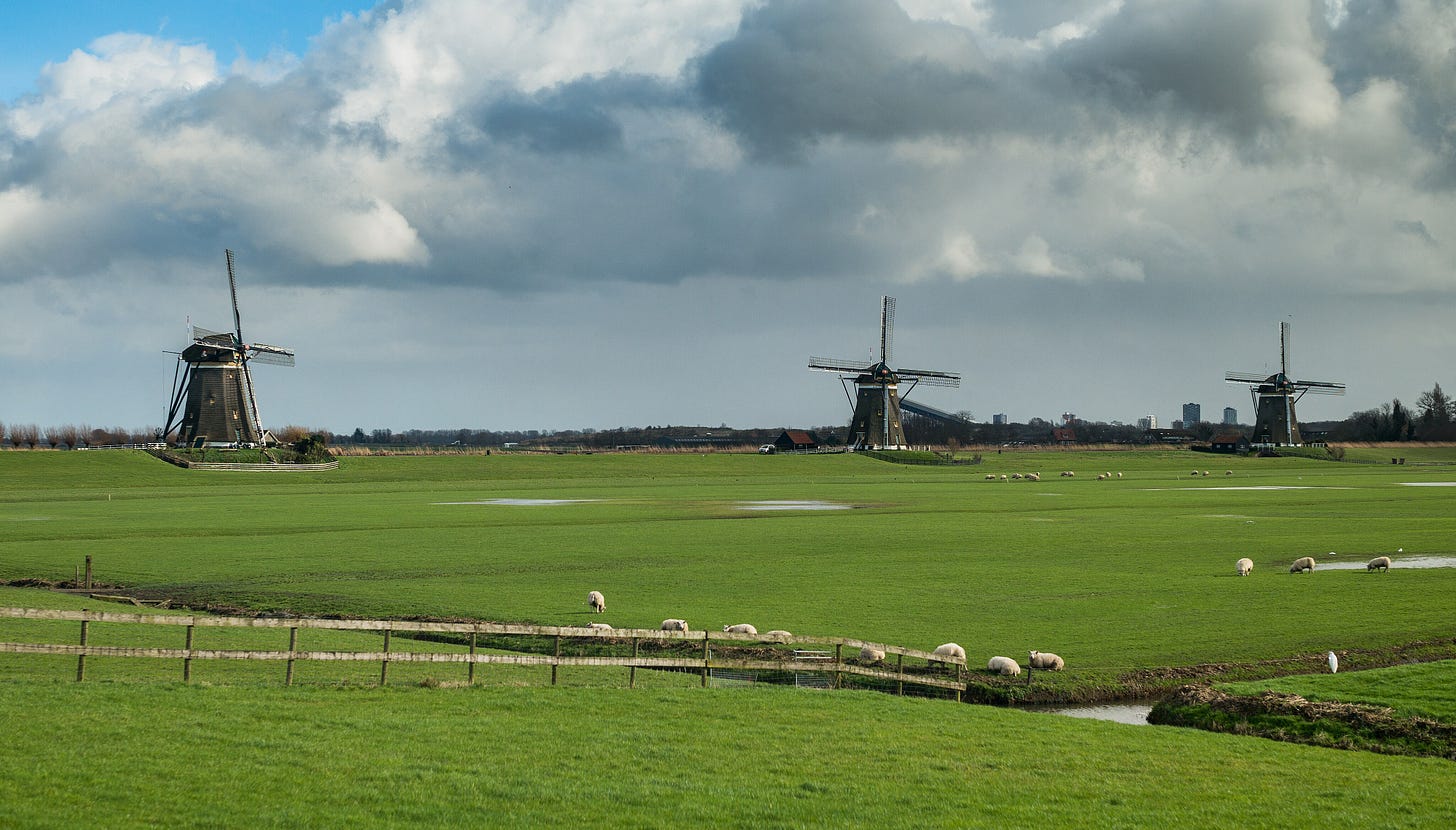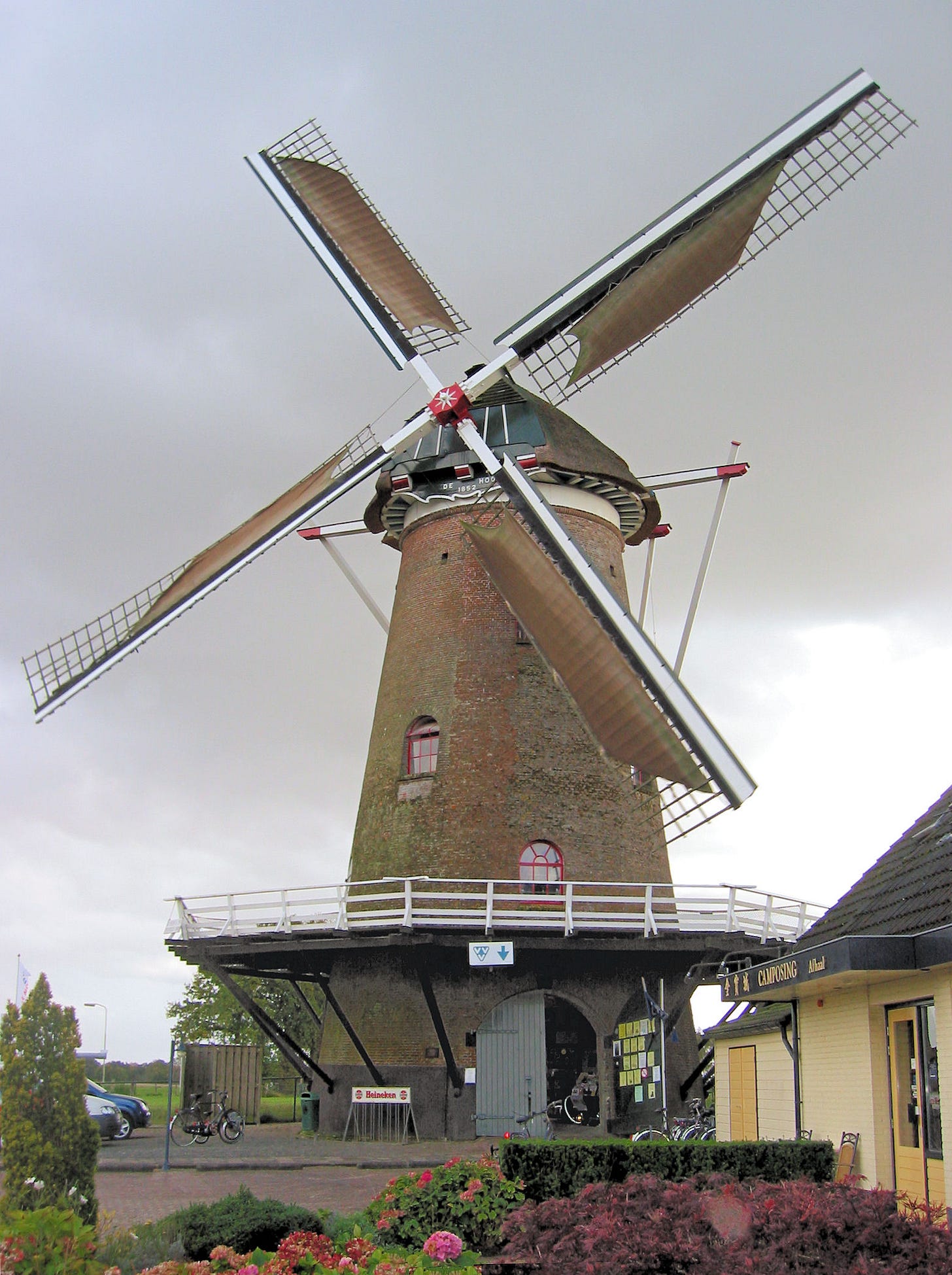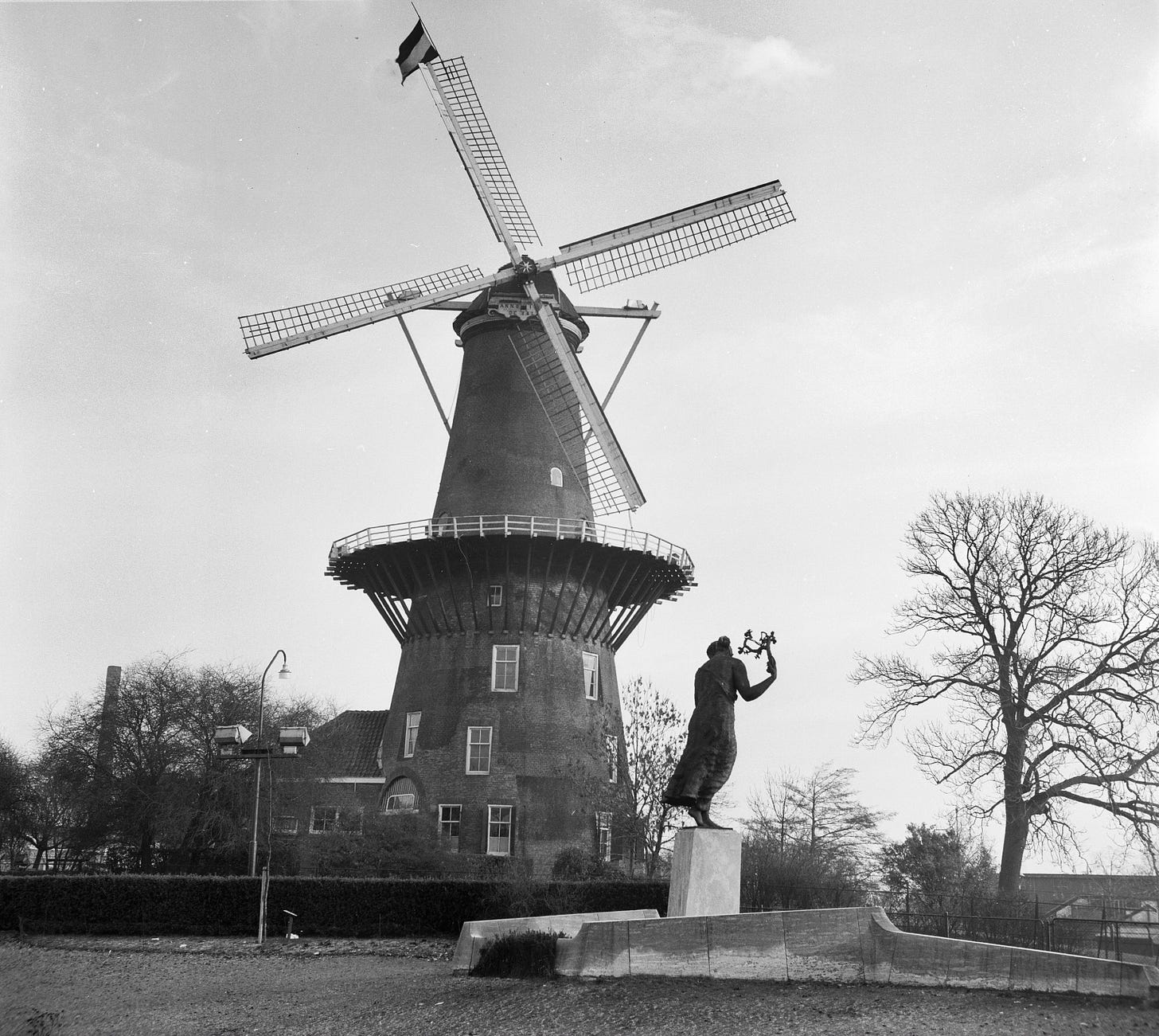It’s an event rarer than the Olympics. No wonder the city is buzzing with even more energy than usual. World Cups, US Presidents, and several iPhone models have been and gone since the last edition of Amsterdam’s SAIL festival in 2015.1 A very different world that was back then: no Trump, no Brexit, no COVID-19 and certainly no ChatGPT.
Indeed, my own personal connection to the Netherlands was yet to unfold and far from mind. In July 2015, I was finishing up a Master’s in Medieval Scandinavian Studies at the University of Aberdeen, my internal compass set firmly north. It was still a good four years before I would meet the man I would later follow to the Low Countries — a place where the local language was unfortunately one of the very few I had never shown an interest in during my academic travels among the Germanic languages. But, in 2015, that unplanned linguistic volte-face was still a long way off.
Ten years is a long time. But the wait has been worth it, since this year’s SAIL coincides with Amsterdam’s 750th anniversary, the late-summer centrepiece in a year-long series of celebrations. My journey from home to the capital for SAIL’s opening parade on Wednesday afternoon cut across swathes of bright green polders — a flat, in-between sort of nothingness, where the eye is naturally drawn to skyward sails of a different type from intermittent windmills.
Just as we have long harnessed the wind at sea, so too on land, especially of the low-lying, outwardly uninteresting sort. And there is no better visual reminder of this than the sweeping views of the polders you so often encounter from the top deck of a Dutch Intercity train.

Windmills have long been a close ally of those living among North-West Europe’s flatter, nondescript terrains, whose sluggish waterways are a far cry from the fast-flowing rivers and streams required to power bubbling watermills. The consequence of this accident of geography could be seen in Britain in days gone by, where windmills were concentrated in a Windmill Belt running down the flat eastern coastlands, and were much less common in hillier, wetter, western parts.2 Taken in conjunction with the windmills of the Low Countries, as well as those in exposed West Jutland, one might indeed speak of a greater North Sea Windmill Fringe.
As any sailor knows, winds are dynamic forces and, just like the canvas sailcloth on a ship’s mast, windmill sails could be adjusted to meet changing weather conditions. Experienced millers, much like professional mariners, were therefore adept at reading the signs of a wind on the turn. Light winds called for the whole sailcloth to be unfurled, maximising the sail’s exposure, while in stronger winds the sails would be rolled back or reefed — a laborious task which involved the miller climbing up to adjust the cloth on each individual sail before the business of milling could be properly re-started.3 James Saunders (1844-1935), a miller at Stone near Aylesbury, described the reefing operation as follows:
Many a time when I was out shifting the cloths in a storm, the water has run off them down my arms and out of my trouser legs. Of course there was no chance of getting dry clothes until I went home, and in the winter they have sometimes been frozen onto me for hours…4

But sometimes, even allowing for these adjustments, sails were simply no match for nature’s unwanted surprises. Runaway mills were forever a danger in storms and gales. Once sails were spinning too fast for often crude braking systems, they could easily spiral out of control, risking fire from the increased wood-on-wood friction. A narrow escape was recorded one autumn by our same Buckinghamshire miller, James Saunders:
My first warning was that the mill was running faster and faster, but I was not really disturbed then until I had put the brake on and gone down to take some cloth off. Outside it was as black as pitch. I felt my way round to one sail and was just beginning to uncloth when the gale came on like mad. It blew me against the round-house, and away went the sails as if there was no brake on at all. I shall never forget how I rushed back up the ladder. The whole mill rocked so that the sacks of meal that were standing in the breast were thrown down like paper, but I got to the brake lever somehow and threw all my weight on it. I knew that if the brake were kept on she was bound to catch fire, so I let her off, and round she went, running at such a rate that the corn flew over the top and smoke blinded and suffocated me. . . . The sparks were flying out all round the brake as she groaned and creaked with the strain, but it still didn’t stop the sails; and I doubt whether anything could, had not the hurricane itself subsided as suddenly as it sprung up.5
On the other side of the North Sea, in the mill-rich Netherlands, windmill sails took on a meaning of their own, provided the weather played ball. In an age before telecommunications, different sail settings offered a convenient way to signal important messages to locals and other nearby millers, a so-called molentaal or ‘mill language’. The vreugdestand (joy position), with the sails a little to the right of centre, signalled a wedding or birth in the family, while sails just to the left in the rouwstand (mourning position) was a mark of respect for someone recently deceased — a reminder of that natural human drive to communicate with the outer world, whatever the available means.

This week, the influx of sail enthusiasts heading for the various festival events taking place in Amsterdam’s docklands will no doubt, like any visitor to the Dutch capital, find themselves at some point confronted with kitsch windmill-related trinkets on display outside one of the many local souvenir shops.
Of course, the Dutch windmills, like the tall ships which this week grace the waterways of the IJ, are today enthused over and celebrated precisely because they represent an earlier time, a lost Age of Sail. While waiting on the platform for my train home from SAIL on Wednesday evening, I watched as all around me people raced to squeeze themselves at the last minute into ever-decreasing gaps between closing train doors, in defiance of fierce guard whistles — lest they have to wait an extra five or ten minutes for the next departure in this country of impressive infrastructure. It hit me as a stark contrast to the sedate pace of the boats on the IJ we had all been watching and celebrating just minutes earlier.
I know which pace I prefer!

SAIL Amsterdam is supposed to take place every five years, but the 2020 edition was cancelled due to COVID-19 restrictions. Hence the ten-year gap.
Ian L. Donnachie & Norma K. Stewart, Scottish windmills: an outline and inventory. Proceedings of the Society of Antiquaries of Scotland 30(98), 1967, pp. 276-299.
Ian Petticrew & Wendy Austin, Gone with the wind: Windmills, and those around Tring, 2010, Chapter 4.
Ian Petticrew & Wendy Austin, Gone with the wind: Windmills, and those around Tring, 2010, Chapter 4.




I learn something new with each post, thank you, fascinating as always
Ah, I do love a windmill! My husband's family has one (still working, milling flour) in Limburg. It's a family tradition to have wedding photos taken there, so we have one on our mantlepiece, taken 30 years ago next year.